
Learn About Spiders of the United States & Canada
Readers will improve their identification skills and learn more about spiders and their webs with Dr. Sebastian Echeverri’s Spiders of the United States & Canada.
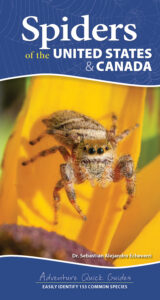
Many of us know spiders through their immense cultural impact—in traditional mythology, modern media, and ongoing research into super-strong materials and cancer treatments. And yet, the real animals are full of even more wonder. Spiders catch more than 500 million tons of insects each year, protecting crops and helping control deadly diseases.
Spiders themselves are a crucial food source for many mammals, lizards, and birds, especially when rearing offspring. And while often prey, spiders are incredibly ancient survivors. Their earliest fossils are from 300 million years ago, long before the first dinosaurs or even the Atlantic Ocean. Since then, they’ve evolved to live in almost every habitat on Earth, including around people. As a result, spiders are some of the most easily accessible wildlife around. But what makes a spider a spider?
Spiders have two features that make them special: spinnerets that make silk and fangs that (in almost all species) inject venom. Spiders have 10 limbs (8 legs and 2 “arms,” called pedipalps), but they share this with other arachnids, a group that also includes harvesters (“daddy longlegs”), scorpions, mites, ticks, and several other rarer types. Spiders (and all arachnids) have exoskeletons split into segments, making them a type of arthropod, a group that includes more than 80% of all known species of animals. Sometimes, spiders are confused with insects. While both are types of arthropods, humans are more closely related to sharks than spiders are to insects!
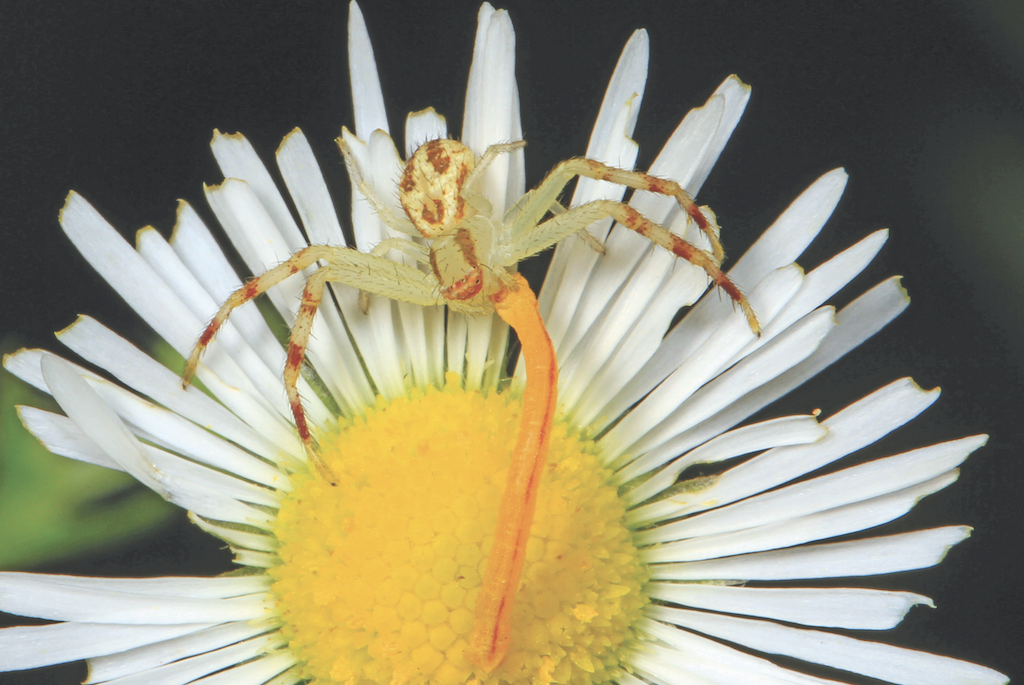
ANATOMY A spider’s body has two distinct sections: the head and the abdomen. Some other arachnids, like harvesters, have these sections fused into one ball. A spider’s head contains its brain, eyes, and venom glands. Its other major organs are in the abdomen. The abdomen has a soft exoskeleton, allowing it to stretch as needed to store water and food. All of a spider’s limbs (legs and pedipalps) are attached around the bottom of its head. The spinnerets are attached to the rear of the abdomen; in some species, these are long and may resemble legs.
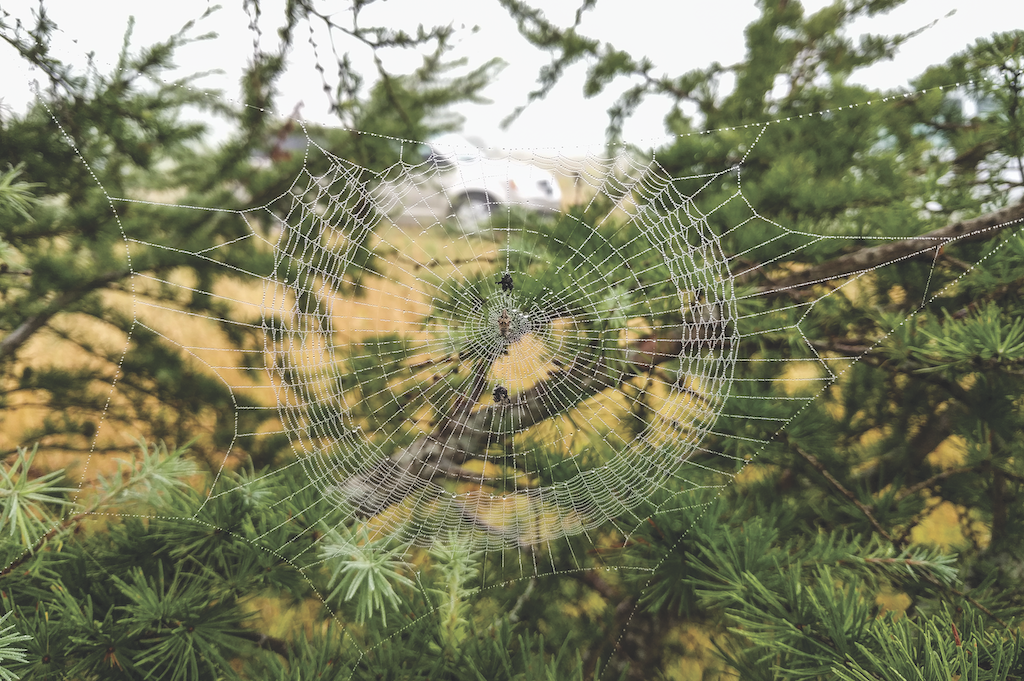
SILK An individual spider can produce different types of silk, switching between them as needed for different tasks: building shelter, protecting young, finding and talking with each other, getting around, and catching food. The strongest spider silk is famously, weight-for-weight, tougher than steel.
DIET All spiders eat other animals, but they only ingest liquids; their mouth is a small, straw-like opening hidden behind bristles at the base of the fangs. To eat, they spit up digestive juices onto their prey, then later drink the resulting “smoothie.” Some species supplement their diet with plant nectar, pollen, or other plant material.
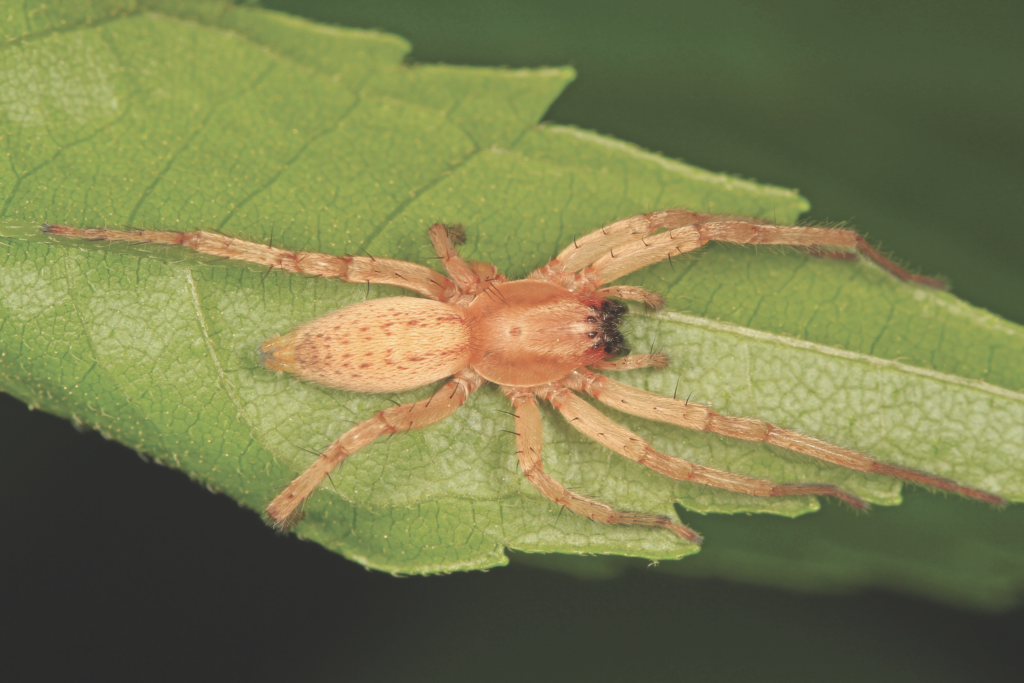
SENSES Spiders’ legs have special hairs that pick up both airborne sounds and ground vibrations. Both legs and palps also have taste and smell receptors on them. Most spiders have eight eyes, but some have six or fewer.
GROWTH To grow, spiders must molt; they slowly wiggle their old exoskeleton loose, revealing the new exterior that had been growing beneath. They then puff up with air, stretching the soft new exoskeleton so it will harden into a roomier size. Through molting, spiders also have an opportunity to change coloration, markings, body proportions, and even regrow lost limbs!
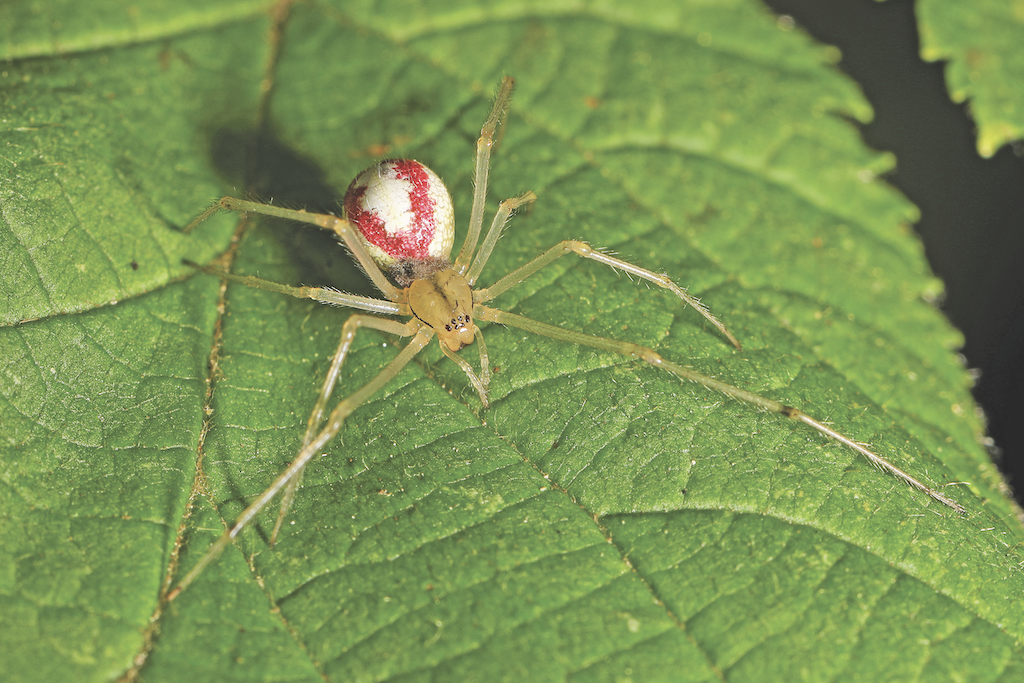
MALE VS. FEMALE Spiders do not have external reproductive organs until they reach adulthood. Most juveniles, whether male or female, look similar, often resembling adult females in coloration. Adult males have large bulbous palps, longer legs, smaller abdomens, and often a bolder coloration.
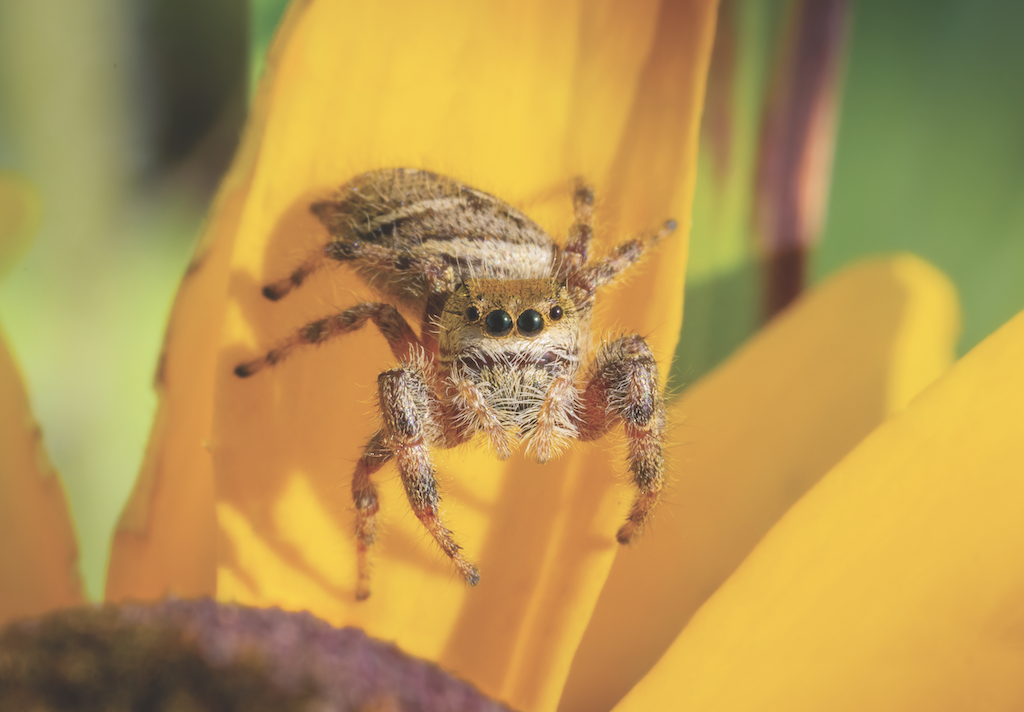
REPRODUCTION Most spiders are solitary for much of their lives, seeking out members of the same species primarily to reproduce (although a few species live in groups). Adult males largely focus on searching for and courting females. Courtship often involves a song, either plucked into a web or vibrated through the ground. Some species also perform a dance, while others bring a gift of food. After laying their egg sac, females wrap it in silk. Many species guard the eggs until they hatch, with some continuing to protect and/or feed the spiderlings until they set out on their own.
About the author: Dr. Sebastian Alejandro Echeverri is your friendly neighborhood science communicator, wildlife photographer, and, of course, spider scientist. His mission is to make science and nature more accessible, inclusive, and joyful for everyone. Sebastian’s boundless excitement for spiders began when, in 2014, he saw a close-up video of a jumping spider’s courtship dance. He completed his PhD in 2020, studying why and how these spiders get their audience’s attention.
Order your copy of Spiders of the United States & Canada here. If you enjoyed this post, sign up for our newsletter now! #bewellbeoutdoors



Pingback: About Monsters, Ghosts, and Other Supernatural Encounters | America's Haunted Roadtrip